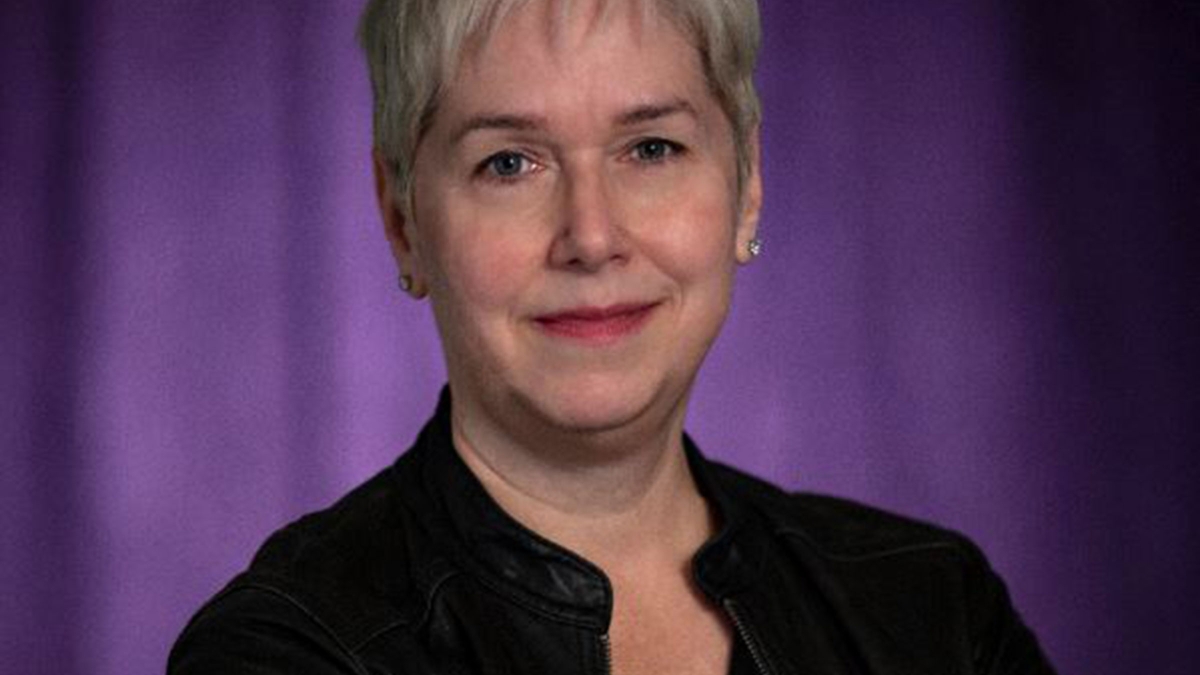ASU's Lindy Elkins-Tanton among new class of National Academy of Sciences members

Newly elected National Academy of Sciences member Lindy Elkins-Tanton. Photo Credit: Jon Simpson
Lindy Elkins-Tanton, Arizona State University professor and planetary scientist, has been elected to the National Academy of Sciences. She joins 120 newly elected national and international members – 59 of whom are women, the most elected in a single year.
“The historic number of women elected this year reflects the critical contributions that they are making in many fields of science, as well as a concerted effort by our academy to recognize those contributions and the essential value of increasing diversity in our ranks,” said National Academy of Sciences President Marcia McNutt in the recent NAS press release. “I am pleased to welcome all of our new members, and I look forward to engaging with them in the work of the National Academies.”
Elkins-Tanton, who is a faculty member in the School of Earth and Space Exploration and vice president of ASU’s Interplanetary Initiative, was selected for her distinguished and continuing achievements in original research.
“Professor Elkins-Tanton is richly deserving of this prestigious membership and on behalf of the entire academic community at ASU, I applaud her continued success,” ASU Provost Pro Tempore Nancy Gonzales said. “Lindy is a rare talent whose contributions are not only advancing our understanding of the universe, but of equal importance, are inspiring future scientists and innovators through her teaching and mentorship of ASU students. We are grateful that the National Academy of Sciences acknowledges her achievements as a scientist and scholar.”
Elkins-Tanton is a leading figure in the early evolution of rocky planets and planetesimals and she is the principal investigator of the NASA Psyche Mission, which launches in 2022 to explore a unique metallic asteroid orbiting the sun between Mars and Jupiter.
Her research includes theory, observation and experiments concerning terrestrial planetary formation, magma oceans and subsequent planetary evolution including magmatism and interactions between rocky planets and their atmospheres.
She also promotes and participates in education initiatives, in particular, inquiry and exploration teaching methodologies, and leadership and team-building for scientists and engineers.
“What a surprise and a shock I felt when I got a call telling me the good news!” Elkins-Tanton said. “The best part of it all is that I can take a larger role in helping the world of research take faster strides toward equity and inclusion, which means more ideas, more excellent people and faster intellectual progress for us all.”
In addition to her new National Academy of Sciences membership, Elkins-Tanton is a two-time National Academy of Sciences Kavli Frontiers of Science fellow and served on the National Academy of Sciences Decadal Survey Mars panel. In 2016 she was named a fellow of the American Geophysical Union, and in 2018 a member of the American Academy of Arts and Sciences. In 2020 the National Academy of Sciences awarded her the Arthur L. Day Prize and Lectureship.
The National Academy of Sciences is a private, nonprofit institution that was established under a congressional charter signed by President Abraham Lincoln in 1863. It recognizes achievement in science by election to membership, and — with the National Academy of Engineering and the National Academy of Medicine — provides science, engineering and health policy advice to the federal government and other organizations.
More Science and technology

Indigenous geneticists build unprecedented research community at ASU
When Krystal Tsosie (Diné) was an undergraduate at Arizona State University, there were no Indigenous faculty she could look to…

Pioneering professor of cultural evolution pens essays for leading academic journals
When Robert Boyd wrote his 1985 book “Culture and the Evolutionary Process,” cultural evolution was not considered a true…

Lucy's lasting legacy: Donald Johanson reflects on the discovery of a lifetime
Fifty years ago, in the dusty hills of Hadar, Ethiopia, a young paleoanthropologist, Donald Johanson, discovered what would…